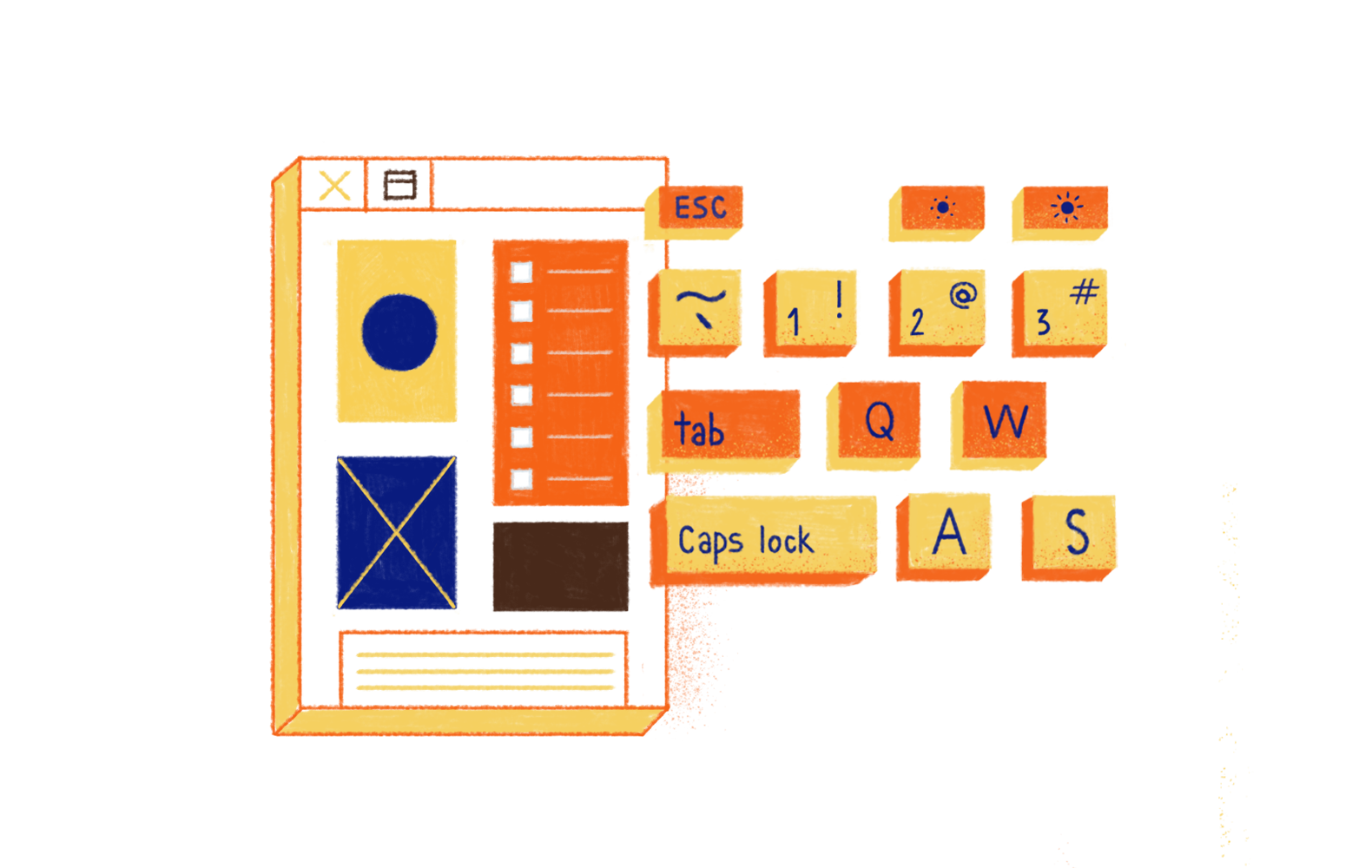EDITOR’S NOTE: Welcome to the EMEA Blog Takeover, where our EMEA employees take over the Auth0 blog to share success stories from the region. This week, you’ll meet our thought leaders across the pond, discover some of our most compelling use cases, and read about the trends that influence how we do business.
Media companies, once dependent on hardcopy newspapers and broadcast television must now build, maintain and monetize an online subscriber base. This isn't a recent thing — media was among the first industries to be impacted by digital transformation — but there is still no silver bullet for thriving in a digital media world.
Content is no longer the product, the user is. In talking with our customers, the closest thing to a silver bullet is to focus on learning more about the users who are logging in to view free content, so you can market to them on a one-to-one basis. At the same time, it is also critical to minimize the risk of data breaches and fraud that compromise sensitive user information, not to mention adhere to data privacy regulations.
Identity sits at the core of media digitalization. While there are many use cases, here are five of the most common where identity and access management (IAM) can provide a solution.
“Learn how to solve 5 major media industry challenges with Identity Management”
Tweet This
Integrating Modern Streaming Devices
For the first time last year, the number of UK subscribers to streaming services (15.4 million) exceeded those who pay for traditional satellite and cable services, according to UK media regulator Ofcom.
Media companies are very good at supporting web browsers and broadcast formats. The challenge is connected "smart" devices, especially those with limited input capabilities (e.g. no keyboard or touch screen).
Auth0 makes it simple for media companies to authenticate their users on any device with an internet connection, including smart TVs, media consoles, digital picture frames, etc. On his blog, Auth0 CEO and co-founder Eugenio Pace describes how these devices receive an access token that can then be used to securely call an API.
Content Retail
According to Reuters, the Nordic countries lead the world in paying for online news, with 22 percent of people on average having paid for online news in the past year. While the numbers are bleaker in other parts of Europe, there is a growing consumer willingness to pay for a compelling customer experience.
Customer experience starts at login -- but the self-destructive tendency is to ask for too much data right away. Customers are turned off by a long sign up form: 86% of users will quit at registration if the form is too long, while reducing form fields from 11 to 4 increases conversion rates by 120 percent. As one Auth0 customer said, "You shouldn't have to write War and Peace every time you want to register an account."
Auth0 allows media companies to collect information over time as users interact with their platforms. Media customers can use Auth0 to build powerful progressive profiling capabilities. The first time a user signs in, you might ask for their name and email. The second time, you could ask for their location to improve the experience. The third time could be topics of interest, etc.
Using Auth0's flexible Rules, media companies can also redirect users to a paywall at the most opportune time, based on user behavior. Subscribers can be assigned a "paying" role or group so they never have to log in twice while navigating paid content.
Family Setup and (Age) Restrictions
When different family members have access to the same system, it can be challenging to ensure that each user gets a personalized set of content.
Many major streaming companies focus on the subscriber and allow users to create sub-profiles, but have no real concept of the family dynamic. In a single subscription account, the billing contact controls the family setup, and can specify ages, assign roles (parent, child, etc.), and restrict access as needed. This works for keeping younger viewers from accessing adult content, but misses the mark in identifying and learning about other family members.
With Auth0, media customers have complete flexibility to specify exact scenarios for end-user roles and assign them on-the-fly as the user switches between web and mobile applications. Media customers can use Auth0 to create a Family Authorization Model to properly identify all users, and create personalization and cross-sell opportunities. Since users typically give consent at login, Auth0 can also easily integrate with best-in-class consent management platforms to ensure data is never collected without permission.
Similar to a family setup, media houses with multiple demographics or user types can use Auth0 to identify frequent readers and give them an elevated experience. Attention to each unique customer journey is key to turning free users into loyal subscribers.
Multi-Brand Strategy
Media companies with multiple brands must not only create a compelling, one-touch customer experience, but also allow customers to move freely and securely between their platforms, without having to sign in a second time.
It's a tall task, but not an impossible one. From a technical point of view, the first and most challenging step is to merge customer information from different brands and login types into one customer profile.
Auth0's multi-tenancy setup, Account Linking/Migration, and Single Sign-On (SSO) capabilities empower media companies to create a single view of the customer across brands. Once established, they can personalize the user experience across channels and remove any friction to login, while reducing the cost of developing identity for each brand. Finland-based Alma Media saw 30 percent total savings using Auth0 to reduce friction across their brand portfolio.
Content Geo-Fencing
Media companies make money by licensing their content to various distributors in different parts of the world. Then to protect licensing profits, they use geofencing technology to create a virtual geographic boundary, and keep users outside the boundary from viewing the content within.
Unfortunately most geofencing relies on the IP address of a user's device, and can be easily thwarted by using a modern proxy server. The proxy acts as a gateway between the user and the internet, obscuring the actual locale of the user's device.
With Auth0, a user's identity is tied to their account — not to their device or gateway — and can be located out-of-band and compared with the device's location. This makes it much easier for media companies to protect territorial licensing; and identify individual users, understand where they are coming from, and assign access rights accordingly.
Which Use Case Are You?
While there is no silver bullet for digitization, media companies can thrive by focusing on learning how and where users are interacting with their content.
Users can come from web-browsers and broadcast, but are more likely to access content in new ways, like smart devices and streaming services. Accounting for their location, family dynamic, and preferences is key to providing an experience they are willing to pay for.
Extending your subscriber base can make a huge difference in your bottom line. Imagine if an extra 10% of visitors to your site decided to spend money with you? Building and monetizing an online subscriber base starts at login. To learn how Auth0 can support your use case in the media industry, reach out to an Auth0 resource.
About Auth0
Auth0 by Okta takes a modern approach to customer identity and enables organizations to provide secure access to any application, for any user. Auth0 is a highly customizable platform that is as simple as development teams want, and as flexible as they need. Safeguarding billions of login transactions each month, Auth0 delivers convenience, privacy, and security so customers can focus on innovation. For more information, visit https://auth0.com.



